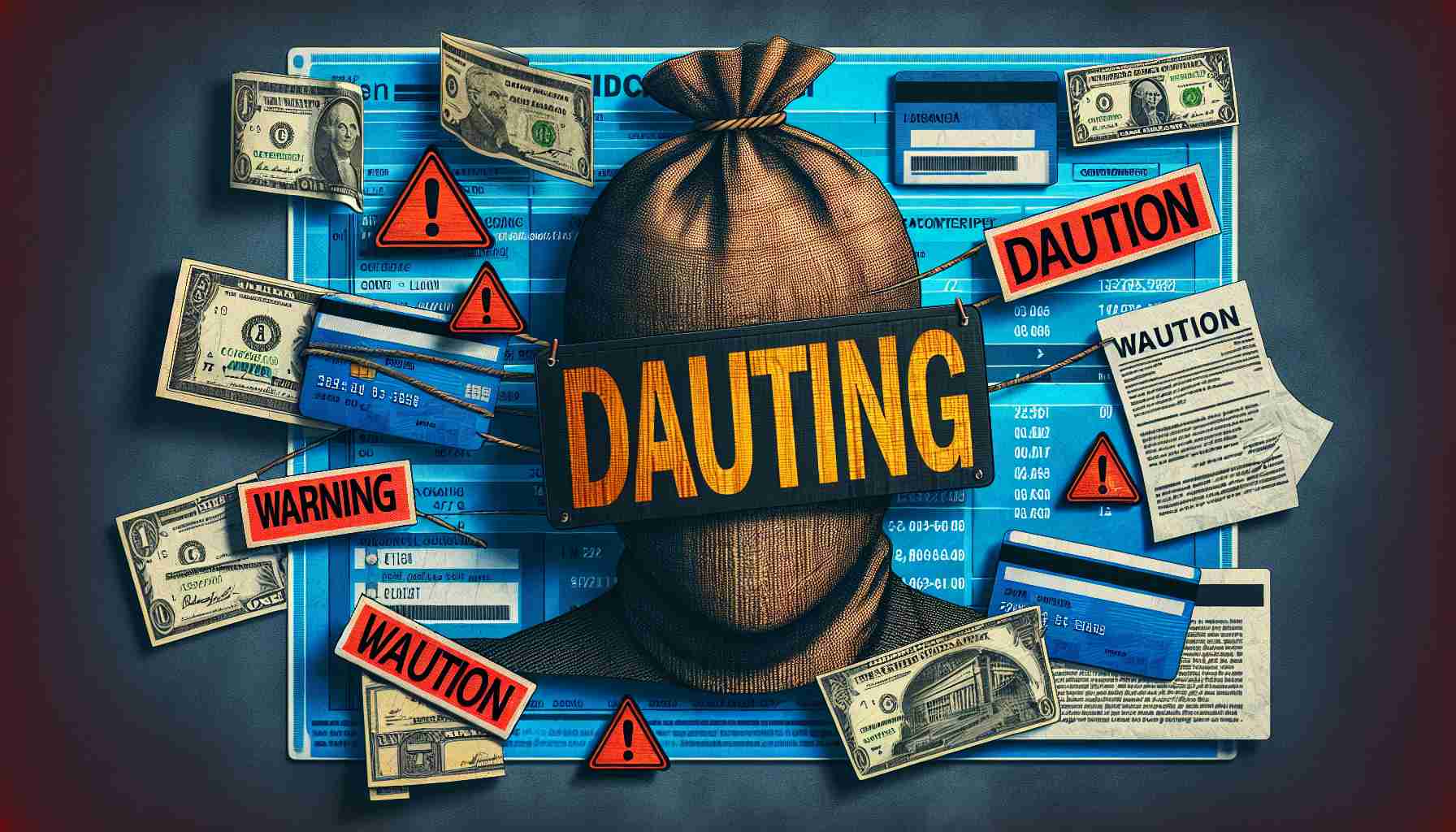Beware of the disguised loan traps: Unscrupulous lenders are using tactics such as renting out smartphones, recycling shopping cards, and trading gold vouchers to lure borrowers into high-interest loans. These seemingly ordinary transactions often conceal exorbitant interest rates, with some reaching up to 400% annually.
The new face of predatory lending: Illegal lending platforms have evolved to disguise their lending operations under the guise of physical or virtual transactions. By fragmenting the process, these platforms enhance the criminality of their actions and evade detection.
A cautionary tale: For instance, individuals are coerced into borrowing money under the pretext of leasing high-value smartphones. However, borrowers like Ms. Jiang end up with only a fraction of the borrowed amount after deductions for “rent” and “fees,” ultimately facing repayment amounts far exceeding the initial sum borrowed.
Shady practices exposed: Investigations reveal that these deceptive platforms have unlawfully distributed over 20 million RMB to unsuspecting individuals. Borrowers are urged to exercise vigilance and seek legitimate financial assistance through licensed institutions to avoid falling victim to these fraudulent schemes.
Uncovering Deceptive Loan Schemes Disguised as Everyday Transactions
In shedding light on the issue of unethical loan schemes camouflaged as routine transactions, it is crucial to delve deeper into the nuances of this troubling trend. Here are some additional facts to consider:
Important Questions:
1. How do these illegal lending platforms manipulate everyday transactions to trap borrowers?
2. What are the key red flags that borrowers should watch out for to identify such predatory schemes?
3. What legal measures are being taken to crack down on these fraudulent activities?
4. How can individuals safeguard themselves from falling prey to these disguised loan traps?
Key Challenges and Controversies:
One of the primary challenges in combating these unethical loan schemes is the constant evolution of tactics used by unscrupulous lenders. As they adapt their methods to avoid detection, authorities face the ongoing challenge of staying ahead of these sophisticated schemes to protect consumers effectively. Controversies arise around the jurisdictional issues involved in regulating online transactions that blur the lines between lending and everyday commerce.
Advantages and Disadvantages:
The advantage of raising awareness about these deceptive practices is empowering individuals to make informed financial decisions and avoid potential harm. On the flip side, the disadvantage lies in the inherent complexity of distinguishing between legitimate transactions and those that conceal exploitative lending terms, posing a constant threat to unsuspecting borrowers.
For further information on responsible lending practices and consumer protection, you can visit the Consumer Financial Protection Bureau‘s website.
It is imperative for consumers to remain vigilant, educate themselves on financial literacy, and be cautious when engaging in any transactions that involve borrowing money. By staying informed and exercising due diligence, individuals can protect themselves from the dangers posed by these insidious loan schemes disguised as everyday activities.























